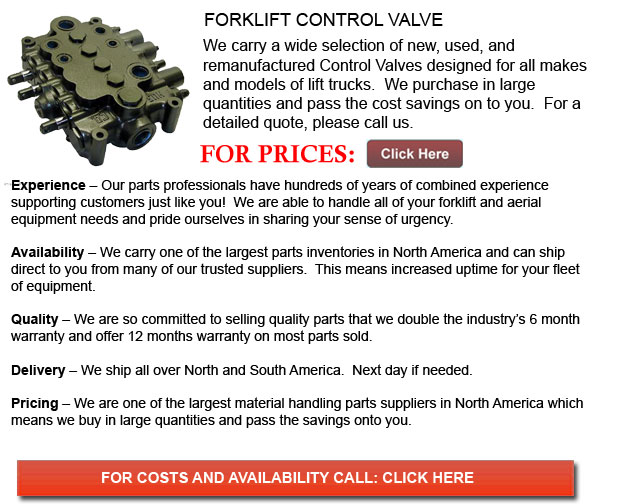
Forklift Control Valves - The first mechanized control systems were being used over two thousand years ago. In Alexandria Egypt, the ancient Ktesibios water clock made in the third century is believed to be the very first feedback control equipment on record. This particular clock kept time by way of regulating the water level in a vessel and the water flow from the vessel. A common style, this successful equipment was being made in a similar manner in Baghdad when the Mongols captured the city in 1258 A.D.
A variety of automatic devices throughout history, have been utilized in order to carry out particular tasks. A popular desing utilized in the 17th and 18th centuries in Europe, was the automata. This particular piece of equipment was an example of "open-loop" control, consisting dancing figures which will repeat the same task again and again.
Closed loop or likewise called feedback controlled machines comprise the temperature regulator common on furnaces. This was actually developed in the year 1620 and accredited to Drebbel. One more example is the centrifugal fly ball governor developed during the year 1788 by James Watt and utilized for regulating the speed of steam engines.
The Maxwell electromagnetic field equations, discovered by J.C. Maxwell wrote a paper in 1868 "On Governors," which was able to describing the exhibited by the fly ball governor. In order to describe the control system, he utilized differential equations. This paper exhibited the importance and helpfulness of mathematical models and methods in relation to comprehending complicated phenomena. It also signaled the start of systems theory and mathematical control. Previous elements of control theory had appeared earlier by not as dramatically and as convincingly as in Maxwell's study.
Within the following one hundred years control theory made huge strides. New developments in mathematical methods made it possible to more accurately control significantly more dynamic systems than the first fly ball governor. These updated techniques comprise different developments in optimal control during the 1950s and 1960s, followed by development in robust, stochastic, optimal and adaptive control techniques during the 1970s and the 1980s.
New applications and technology of control methodology has helped produce cleaner engines, with cleaner and more efficient processes helped make communication satellites and even traveling in space possible.
At first, control engineering was practiced as just a part of mechanical engineering. Control theories were originally studied with electrical engineering as electrical circuits can simply be explained with control theory methods. At present, control engineering has emerged as a unique practice.
The very first controls had current outputs represented with a voltage control input. So as to implement electrical control systems, the correct technology was unavailable at that time, the designers were left with less efficient systems and the alternative of slow responding mechanical systems. The governor is a really efficient mechanical controller which is still often utilized by some hydro factories. Ultimately, process control systems became accessible prior to modern power electronics. These process controls systems were normally utilized in industrial applications and were devised by mechanical engineers utilizing pneumatic and hydraulic control equipments, many of which are still being used nowadays.
![]() Click to Download the pdf
Click to Download the pdf
Forklift Parts

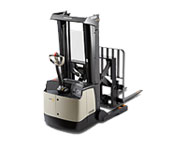
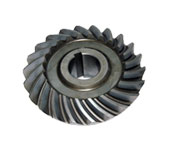

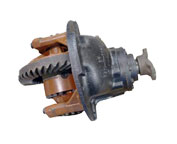
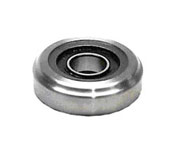
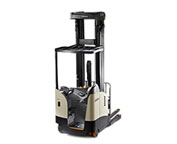

Lift Parts Express
TOLL FREE: 1-888-695-7994
LOCAL: 206-462-4986
2442 Northwest Market Street
Seattle, Washington
forkliftpartsseattle.com
Email Us
About Us


